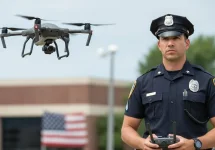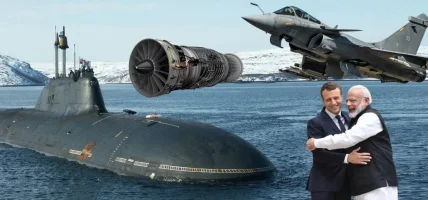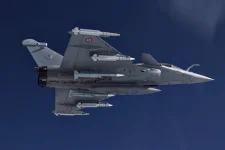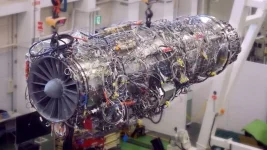- Views: 5K
- Replies: 35
At the Aero India 2025 airshow, which took place in Bengaluru from February 10-14, GE Aerospace expressed its plans to partner with India's Gas Turbine Research Establishment (GTRE) to create a more powerful engine for India's future fighter jets, mainly AMCA Mk2.
GE Aerospace confirmed the F414-GE-INS6 engine, a version of the F414 specifically designed for India, will power the initial production runs of the AMCA Mk1.
This engine generates approximately 98 kilonewtons (kN) of thrust, sufficient for the AMCA Mk1's design, which includes features like stealth, the ability to cruise at supersonic speeds without afterburners (supercruise), and advanced integrated electronic systems.
GE is already contracted to provide 99 of these engines for the Tejas Mk2 fighter, in a $716 million deal finalized in 2023. This agreement involves significant technology transfer (80%) and co-production with Hindustan Aeronautics Limited (HAL).
A GE Aerospace official stated that the F414-GE-INS6 is a good fit for the initial 40 AMCA Mk1 aircraft. This will provide the Indian Air Force (IAF) with an advanced, fifth-generation fighter while India continues to develop its own engine technology.
The AMCA Mk1 is projected to be unveiled by 2028 and enter full production in the mid-2030s. It is considered a precursor to the more sophisticated AMCA Mk2.
However, GE Aerospace acknowledged that the AMCA Mk2, and any subsequent versions, will need a more powerful engine to reach its full potential as a fifth-generation fighter.
Therefore, GE is expressing strong interest in collaborating with GTRE to build a successor to the F414-GE-INS6. This new engine is envisioned to have a redesigned core, providing increased thrust and overall improved performance.
The official explained that the AMCA Mk2 will need an engine that provides higher thrust and incorporates features expected of a true fifth-generation fighter.
The collaboration aims to deliver this capability while making sure the new engine fits into the existing AMCA design with minimal modifications. This approach helps to control costs and speed up the development process.
The proposed successor engine will feature an entirely new core design. This core will be capable of generating potentially more than 110 kN of thrust, meeting the needs of the AMCA Mk2.
The engine's design will also allow for future upgrades, making it a potential candidate for even later versions of the AMCA or other future fighter programs. The official confirmed that, this new core design allows to upgrade the engine and increase thrust for future programs.
Regarding intellectual property (IP), the GE official stated that any newly developed engine would have shared IP rights, reflecting the contributions of both GE and GTRE. This collaborative approach ensures both partners benefit from the joint effort and that each organization's technological contributions are recognized.





